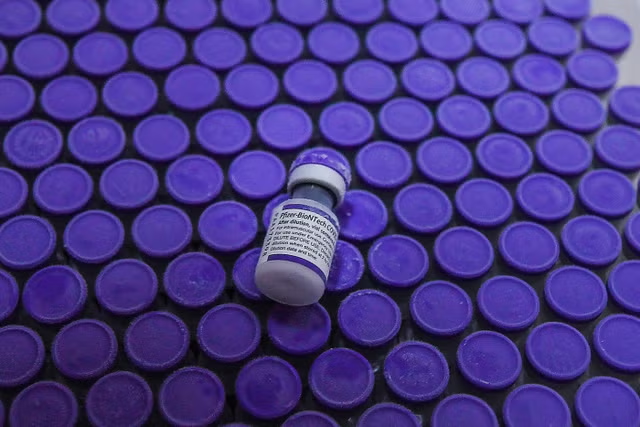Studying the fattest of cats may help us understand how to treat obesity in humans.
The shifts in feline gut microbiomes in response to changes in diet are very similar to those seen in humans, according to a new paper in the journal Scientific Reports.
This may mean that cats are a good model for studying obesity in humans, and studying them could help both us and felines get healthier overall.
"Animals share our beds. They share our ice cream. There are all these things that people do with their pets that highlight they are a naturally occurring disease model with similar environmental exposures as humans," study lead author Jenessa Winston said in a statement. She is an assistant professor of veterinary clinical sciences at The Ohio State University.
According to the paper, the researchers analyzed poop samples from fat cats as they were given four different diets over the course of 16 weeks. These diets included free-feeding of commercial cat food for two weeks; free-feeding of weight-loss food for one week; calorie-restricted feeding of the weight-loss diet for 11 weeks; followed by a return to the original diet.
The researchers discovered that the changes in the cat's gut microbiome were very similar to changes in human microbiomes after the same kind of dietary changes. In particular, a short-chain fatty acid called propionic acid was found in greater levels in the feces samples when the cats were on the calorie-restricted diet and losing weight.
Higher levels of propionic acid—which is associated in other mammals with appetite regulation and reduced fat accumulation—were correlated with an increase in the bacterium Prevotella 9 copri in the fecal samples. This indicates that Prevotella 9 copri may cause increases in propionic acid, but does not prove it.
"When the cats are on the special diet formulated for weight loss, propionic acid goes up and stays high, and then goes back down when they're put back on the maintenance diet. So it really is a dietary change," Winston said.
"This paper highlights that when we calorie-restrict cats that are obese, we can alter their microbial ecosystem, and those community shifts that we see likely correlate with some metabolic outcomes.
"I think that those parallels that we're seeing in how the ecosystems change in a similar way is helpful," she said.
These findings indicate that cats could be the ideal candidate to study how gut microbes could help combat obesity.
"Being able to see changes in cats that come up in the context of obesity and type 2 diabetes in people makes them a really good model to start looking at more microbiome-directed therapeutics for obesity in humans if we're seeing a similar shift," Winston said. "Microbes we saw in this study also come up again and again in human studies, and clearly people aren't eating cat chow, right?"
Some 60 percent of cats in the U.S. are overweight or obese, with around 30.7 percent of U.S. adults being overweight, and a further 42.4 percent being obese.
"My lab is focused on how we can harness the therapeutic power of microbes," Winston said. "In order to do that, we have to understand how disease states may be different from health so that we can better try and figure out and target, mechanistically, changes that occur in the microbiome."
Do you have a tip on a science story that Newsweek should be covering? Do you have a question about obesity? Let us know via science@newsweek.com.
Disclaimer: The copyright of this article belongs to the original author. Reposting this article is solely for the purpose of information dissemination and does not constitute any investment advice. If there is any infringement, please contact us immediately. We will make corrections or deletions as necessary. Thank you.



